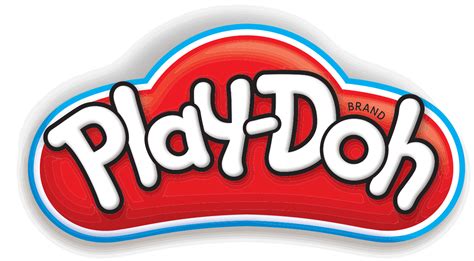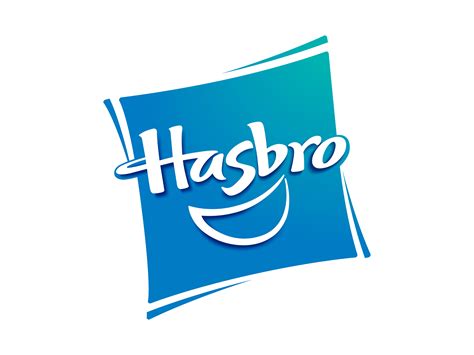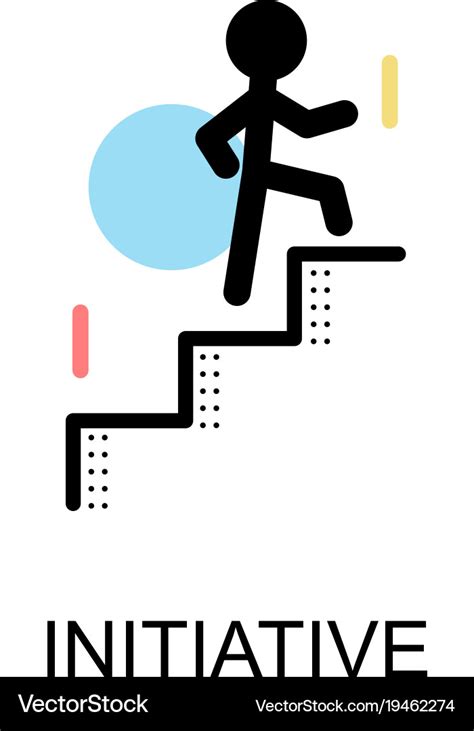What is Play-Doh?
Play-Doh is a modeling compound that has been beloved by children for many generations. It was first introduced in the 1950s as a wallpaper cleaner, but quickly gained popularity for its malleable texture and fun colors. Play-Doh is made primarily of water, salt, and flour, making it safe and non-toxic for children to use.
One of the greatest things about Play-Doh is its versatility. Children can shape the pliable compound into anything they can imagine, from animals and shapes to abstract sculptures. The compact nature of Play-Doh makes it easy for children to manipulate, allowing them to hone their fine motor skills and hand-eye coordination while playing.
In addition to its creative possibilities, Play-Doh has also become a popular educational tool, with teachers using it to teach children everything from math concepts to social skills. This is because Play-Doh allows children to explore, experiment, and problem-solve in a tactile and hands-on manner.
Play-Doh has also evolved over time, with new textures, colors, and scents being added to the line. Children can now play with glittery or even scented Play-Doh, adding another dimension of sensory exploration to the experience. There are also various Play-Doh sets and tools available, ranging from basic molds to elaborate playsets that help children create entire worlds out of the modeling compound.
Despite the use of technology and digital toys, Play-Doh seems to never lose its appeal as a timeless classic that fosters imagination and creativity for children of all ages.
Frequently Asked Questions about play-doh
Play-Doh modeling compound started out as wallpaper cleaner. Joe McVicker learned from a teacher that kids usually found modeling clay too hard to manipulate. Discovering that the squishy cleaning product he manufactured could substitute, McVicker shipped some to the school.
10 Fun Facts about PLAY-DOH!
- PLAY-DOH inventor Joe McVicker actually sold it originally as a wallpaper cleaner.
- Over 3 billion PLAY-DOH cans have been sold since 1956.
- 4 colors started it all: red, blue, yellow, and white.
- There are 3 main ingredients in PLAY-DOH compound: water, flour, and salt.
Part of the enduring appeal of Play-Doh is that it is a form of free play that can rarely be found in the toy aisle these days. Place containers of Play-Doh in front of any child or adult, and they can feel free to express themselves in any form without any restrictions.
According to Fortune magazine, Play-Doh has sold more than 3 billion cans since its debut as a child's toy in 1956 - eclipsing its previous existence as a wallpaper cleaner by light years. That's more than 700 million pounds of the salty stuff.
/ˈpleɪ.doʊ/ a brand name for a soft substance produced in different colours, used especially by young children to make shapes and models.
Hasbro uses factories in China and Turkey to make Play-Doh sold around the globe, and it will continue to import some Play-Doh to sell in the U.S.
Play dough - it's the childhood favorite that every parent loves (and loves to hate for its messiness). This modeling clay was originally made as a wallpaper cleaner in the 1930s but was reborn as an educational toy in the 1950s. Play dough is the perfect toy for kids of all ages because it is non-toxic and reusable.
Creativity and imagination
With playdough, young children express their ideas through art and make-believe play. At the same time, they learn symbolic thinking by pretending that the playdough is something else ("That thing with the antlers is a moose”).
Playing with this dough regularly is great, as it is a toy with no right or wrong way to play, is safe, and appeals to many people with various learning styles and needs. Children can make their own play dough making it even more fun! The benefits of playing with play dough include: Fine motor skill development.
You can do the same with the beads or the sticks just have several colors. And then let your child put in the matching. Mystics. You can also use play-doh.
Play dough bought at the store comes with an age recommendation of two years and up. Homemade play dough is also soft and malleable, and it's pretty easy to make. Harder modeling clays are typically recommended for children at least five years or older because they pose a greater choking hazard.
Play-Doh compound is an amazing modelling material that children can use in both crafts and education. Play-Doh matieral comes in a variety of colours and is the perfect way to encourage learning through play. While Play-Doh is a lot of fun, it can also help to develop a range of skills in young children.


















